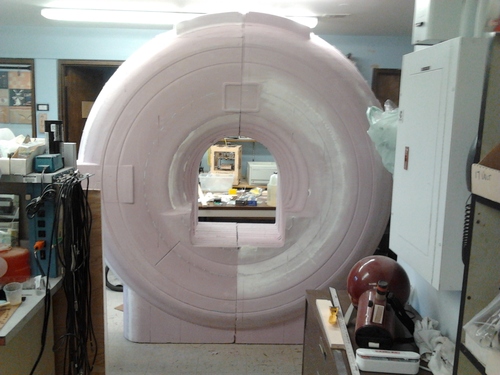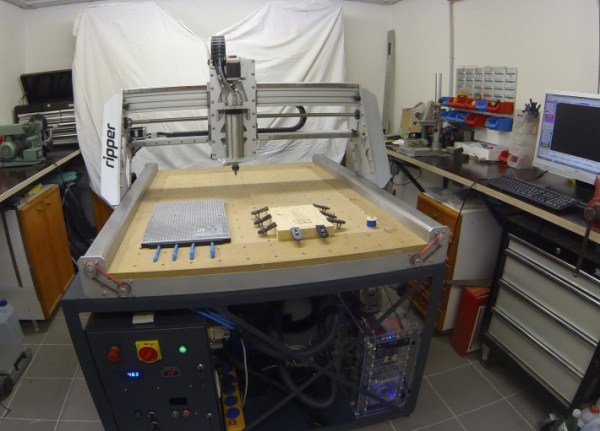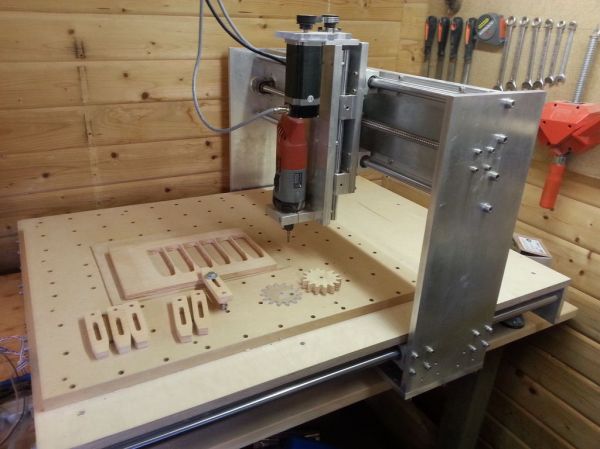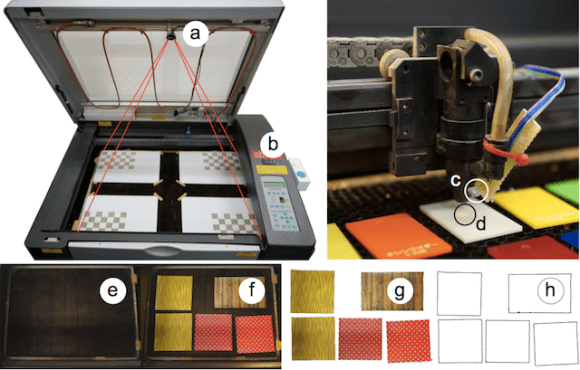
It’s been a bit dusty lately in Seattle’s Metrix Create:Space. That’s because they’ve taken on their biggest project yet — a full scale replica of an MRI machine for university research.
[Tom Grabowski], a professor of Radiology & Neurology at the University of Washington, needed a replica MRI machine. This is because time on real MRI machines is very expensive, and when performing research on Autism, it is important to get the test subjects used to the process before using the real deal. He originally turned to the Center for Human Development and Disability, also at the University of Washington, but the project was just simply too big for their facilities. He did however get to meet a fellow researcher named [Fritz] who then contacted Metrix to see if it was possible, and like any good hackers, the members of the space were more than up for the challenge.
The replica MRI machine is made out 2″ thick, 4′ by 8′ foam insulation sheets, which is the maximum size their router can handle. Not having made use of the 3D z-cutting capabilities before, they had a bit of learning to do, but as you can see from the pictures, it worked out quite well. Over a few weeks they were able to construct the general shape of the MRI machine, and finish the surface nicely — it’s far from complete though, as they might even be adding lights and other features to make it one heck of a replica. It’s a great project, and those who have helped are happy to do so as the replica will benefit not only [Tom] but many other researchers at UW — for science, yeah!

















